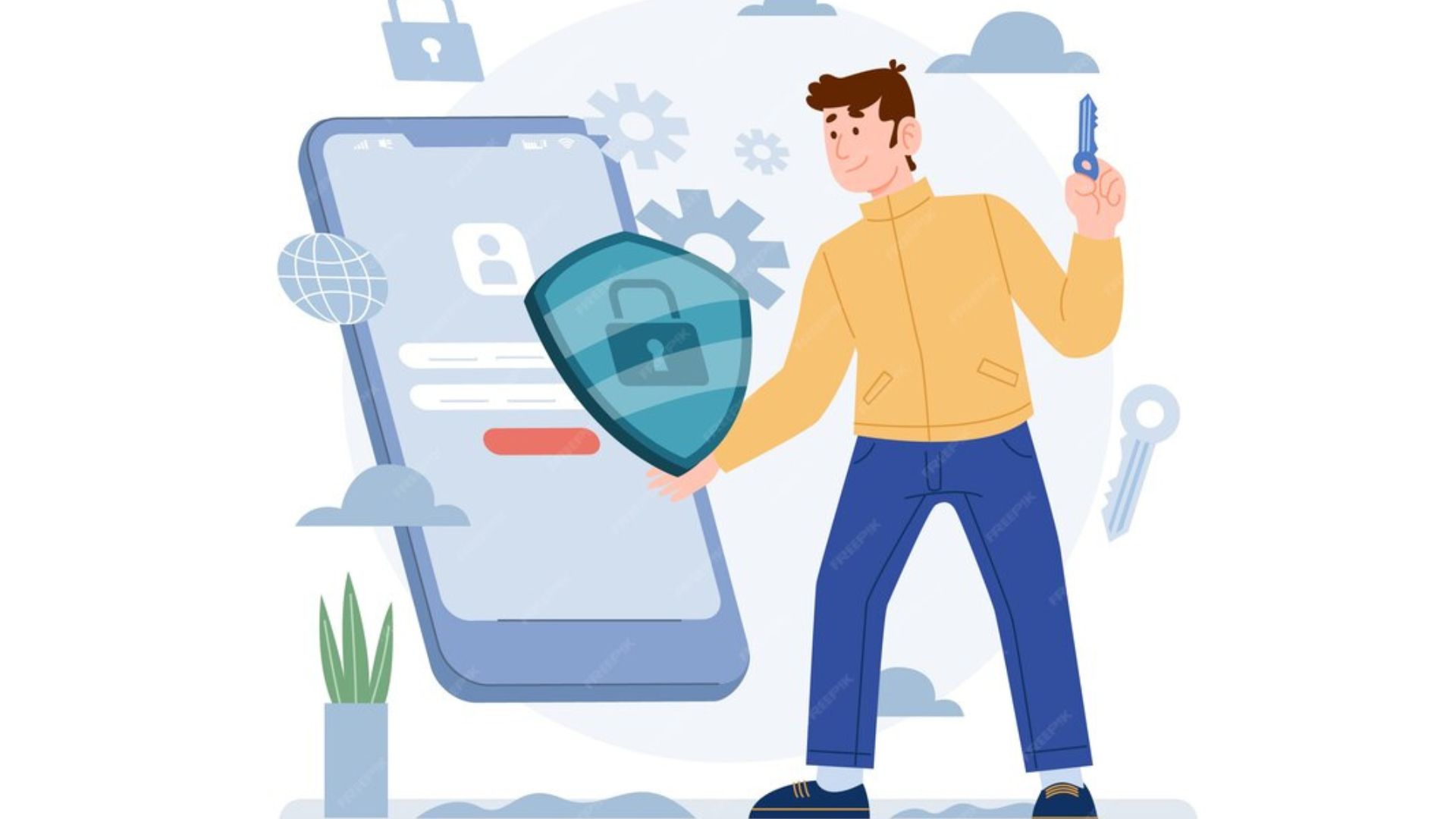In today’s computerized age, mobile applications have become an indispensable portion of our lives. From shopping to socializing, we depend on apps for a huge number of tasks. However, with the expanding use of apps, the need for app security has moreover developed altogether. App protection is vital to protect client information, keep up belief, and guarantee the life span of your application. In this article, we’ll investigate five fundamental tips for app assurance.
- Data Encryption: One of the basic angles of app protection is information encryption. Guarantee that delicate information, such as client qualifications and individual data, is encrypted both in transit and at rest. Transport Layer Security (TLS) should be actualized to encrypt data in transit, avoiding eavesdropping amid information transmission. Furthermore, utilizes solid encryption calculations to secure information at rest on the gadget and backend servers. This includes an additional layer of security to secure client information if a gadget is compromised.
- Confirmation and Authorization: Execute strong verification and authorization instruments to control access to your app’s highlights and information. Use multi-factor authentication (MFA) at whatever point conceivable to confirm users’ personalities, making it more challenging for unauthorized people to pick up access. Also, employ role-based access control (RBAC) to ensure that clients only have access to the highlights and information relevant to their parts inside the app, routinely survey and overhaul these controls to adjust to evolving security dangers.
- Code Obscurity and Solidifying: Code muddling and solidifying procedures can make it troublesome for aggressors to reverse engineer your app and find vulnerabilities. Jumble your code to make it less readable and harder to get it. This can prevent assailants from finding and misusing shortcomings in your app. Also, remain careful about applying security patches and overhauls to the libraries and systems your app depends on to moderate known vulnerabilities.
- Entrance Testing: Frequently conduct entrance testing and security appraisals to recognize and address vulnerabilities in your app. Contract proficient moral programmers or security firms to mimic real-world assaults on your application. This handle makes a difference you uncover shortcomings in your security pose, permitting you to settle them some time recently noxious on-screen characters can abuse them. Keep in mind that security is an ongoing handle, and frequent testing is basic to remain ahead of rising dangers.
- Client Instruction and Mindfulness: App protection isn’t exclusively the obligation of designers; clients also play an imperative part in keeping up security. Teach your clients almost the best hones for app security, such as making solid passwords, not sharing delicate data, and being cautious approximately downloading apps from untrusted sources. Give clear rules on what to do in case of a security occurrence, such as detailing suspicious activity promptly, when clients are mindful of the potential risks and how to moderate them, the general security of their app progresses.
In conclusion, app protection is fundamental in today’s digital scene. Failing to prioritize security can lead to information breaches, misfortune of client beliefs, and lawful results. By executing information encryption, verification and authorization measures, code confusion, penetration testing, and client instruction, you can significantly improve the security of your app. Keep in mind that security is an ongoing preparation, and remaining careful is key to securing both your users and your notoriety. App security isn’t an alternative; it’s a need within the world of mobile applications.

